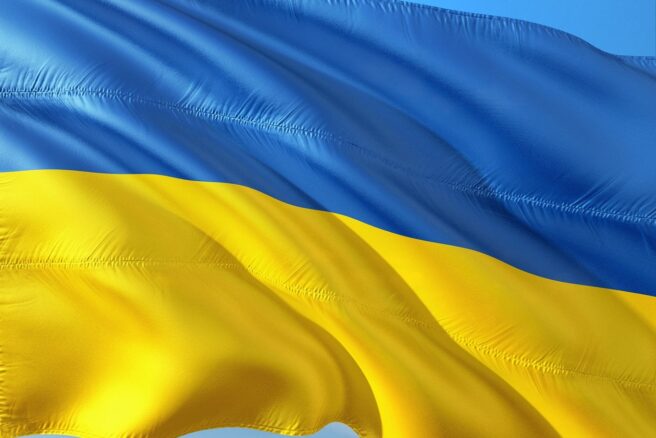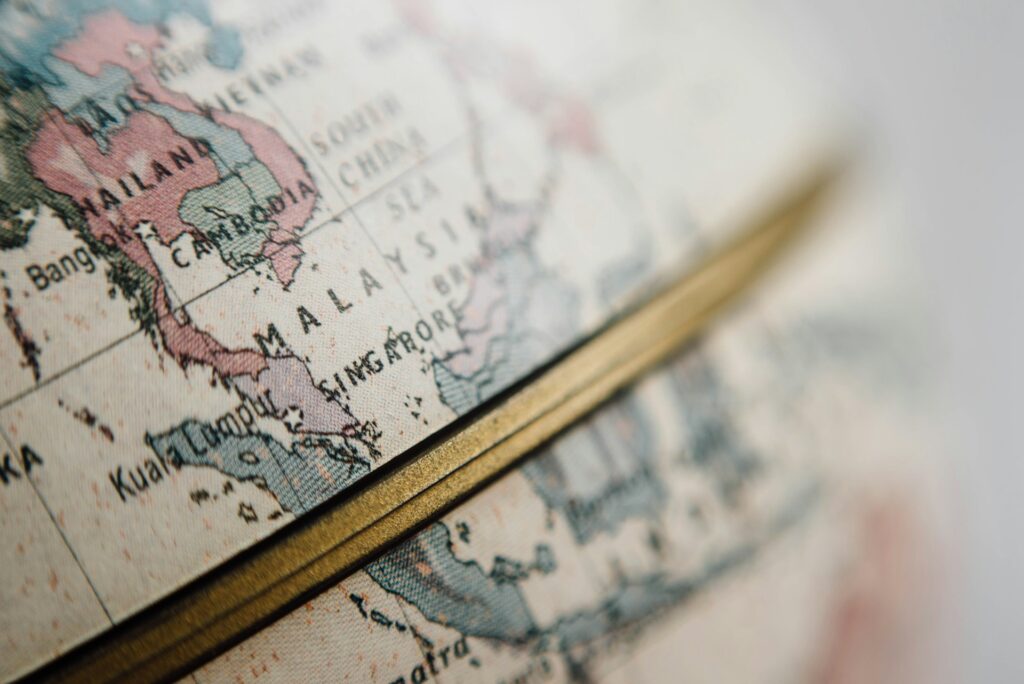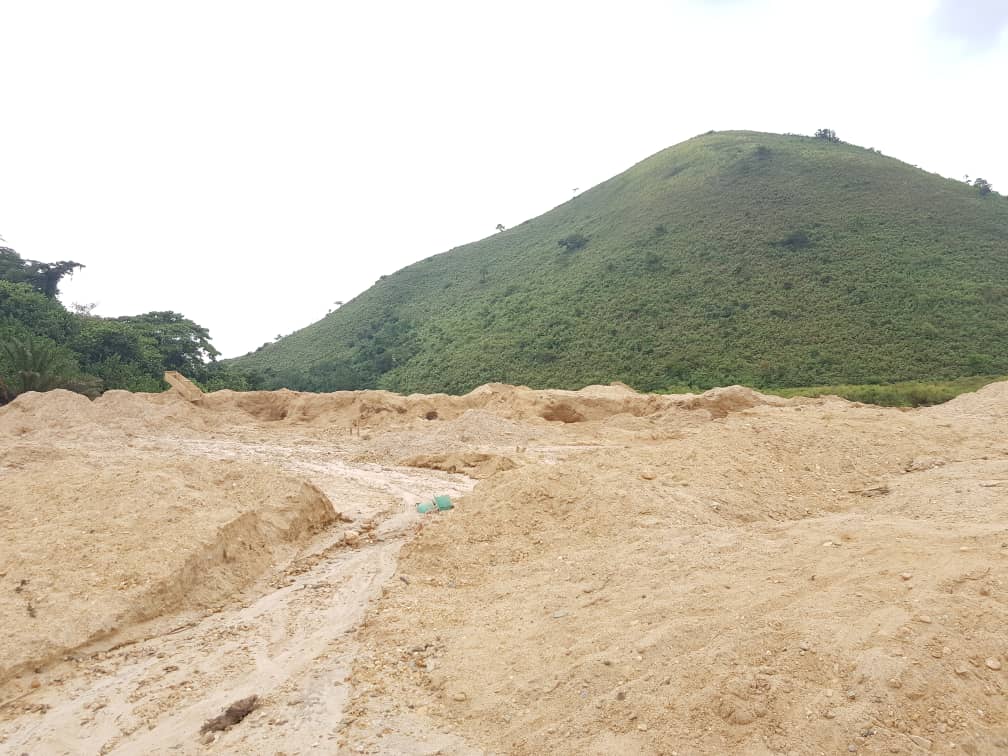Four aspects of the current situation in Ukraine require analysis to estimate the country’s future prospects: the likelihood of a repeat of the Crimean scenario in other regions, the influence of armed groups on internal security, the regional divide and calls for federalization, and potential outcomes of the presidential elections in May. While EU/US-Russia relations are important and play a significant role, Ukraine cannot build a viable foreign policy without first solving its domestic problems. In order to deal with these issues, an understanding of Ukraine’s domestic situation is vital, writes Mark Teramae.
First Crimea, then…?
Russia’s unexpected annexation of Crimea from Ukraine has sparked fears that it is only a matter of time before Russian President Vladimir Putin makes another land grab. Various hysterical sources have pondered at the Russian annexation of the Baltic States, Poland, Finland, and even Alaska, in addition to several regions of eastern Ukraine. This is all very unlikely as Crimea was a unique case with a pre-existing structure in place and several loopholes Russia could exploit.
First, Crimea was the most pro-Russian of Ukrainian regions so the majority of locals were not going to make much of a fuss. Second, Crimea, as an autonomous region, has its own governmental structures in place making it rather easy to set up a new administration. Legally or not, Crimea had the capability to hold a referendum and use its parliament to pass laws and there was nothing Kiev could do to stop this.
Third, most of the Russian troops and military hardware was already in Crimea. Under the terms of the agreement on the division of the Black Sea Fleet, Russia had the right to keep up to 25,000 troops in its handful of bases, along with a specified amount of weapons and vehicles. Violations arose when Russian troops left their bases without the consent of the Ukrainian president. However, Moscow doesn’t recognize the legitimacy of the new Kiev government and the former President Viktor Yanukovych, whom the Kremlin still considers the legal head of state, was not opposed to the troop deployment. Again, while this was technically illegal, what could Kiev do to oppose?
Therefore, we must consider the possibility that this is not some renewed act of Russian expansionism but rather an action, albeit a drastic one, taken to punish the new Kiev government that wants to remove Ukraine from Russia’s sphere of influence. While getting involved in the internal affairs of a sovereign state, President Putin limited his actions to those he knew he could get away with. A full scale invasion of eastern Ukraine with tanks rolling across the border would carry far greater repercussions and would provoke a much more condemning response. Additionally, in strategic terms the Crimean peninsula’s two entry points from mainland Ukraine are much easier to guard than the thousands of kilometers along the borders of the country’s eastern regions.
Armed Groups Demonstrate Overall Lack of Control
Three recent actions by the far-right group Pravy Sektor (Right Sector) have added to its continued marginalization on the domestic scene. These include the controversial death of its leader in Western Ukraine, Oleksandr Muzychko, after an alleged firefight with police, the attempted storming of the Ukranian Parliament by a segment of its members, and a shooting on Kiev’s main street involving members of the Sektor and Maidan self-defense units that left three people injured. Maidan self-defense members then blockaded the Parliament the day after Pravy Sektor’s attempted incursion, an act they repeated in various locations over the past months to stop “provocations”. Added to the pile are the hired thugs known as titushki who support the former regime. Operating outside the existing legal structures, none of these groups are held responsible by any state authority.
The main problem for Ukraine is not the far-right nature of Pravy Sektor, they have far too few members and far too little influence in politics to make a difference, or the rag-tag composition of the self-defense groups wearing army surplus fatigues and carrying homemade weapons. It is the fact that the very presence of armed paramilitary-like groups on the streets of Kiev, occupying city buildings, hotels, squares and parks, expose the Ukrainian government’s complete lack of control even of its own surroundings. As the fighting between various groups in eastern Ukraine goes on and many western and central regions have already got their administrations overrun by protesters during the Euromaidan events, the Kiev government badly needs to stabilize the internal security situation in order to be able to stake its claim for legitimacy.
Inclusive or Exclusive? Eastern and Southern Regions in the New Order
Despite statements by acting President Alexander Turchinov and Prime Minister Arseniy Yatseniuk that Ukraine is indivisible and territorial integrity will be maintained, the actions of its leaders do not offer the same support. From the attempted cancellation of the regional language law to the appointment of only three ministers from Eastern and Southern regions to the new government, and to calls for the exclusion of the Party of Regions and Communist Party, the perception is that the predominantly Russian speaking Eastern and South regions are being marginalized.
Among other issues, this has given rise to renewed calls for the federalization of the country and even for the holding of regional referendums similar to Crimea’s. While at this moment in time federalization would open the Pandora’s box (not just for the Eastern regions concerning their relations with Russia but also for Western and Central ones where many feel that Kiev is not living up to the demands of Euromaidan), the right to elect regional governors instead of having them appointed by the President could be a compromise solution. If Ukraine is to stick together, any new government must highlight what brings Ukrainians together, instead of only focusing on what keeps them apart.
And the Loser Is… the Ukrainian People
With oligarch Petro Poroshenko the favorite to win the May 25 presidential elections, UDAR’s Vitali Klitschko has dropped out of the race and offered his support for the “chocolateking,” the nickname Poroshenko got for his ownership of Ukraine’s largest confectionary manufacturer. This can lead to two possible scenarios. First, Yulia Tymoshenko can also drop out of the race thereby unifying the opposition behind one solid candidate. Second and the more likely of the two, Tymoshenko will fight tooth and nail to get herself elected resulting in her pandering for support wherever she can find it. In turn, this could lead to her either siding with people close to the former government, or dividing the electorate so badly that either Sergei Tigipko or Mikhail Dobkin from Party of Regions can sneak in and snatch victory.
Furthermore, this situation is a rerun of the Orange period when Poroshenko was an ardent supporter of then-President Yuschenko who experienced constant power struggles with then-Prime Minister Tymoshenko. This means that even in the post-Euromaidan environment, after months of protests, the death of at least hundred people, and the loss of Crimea, Ukrainians are not presented with any new faces or ideas. On the one hand there is the possibility of a return to the Orange order, a period of bickering and political stalemate which resulted in the subsequent election of Party of Regions’ Yanukovych to the presidency in 2010. On the other, there is the unthinkable return of the Party of Regions to power just months after Yanukovych was expelled from office after violent events on and around Kiev’s Independence Square.
With a devaluating currency, rising prices, powerful neighbors, regional divides, and lack of internal security, Ukraine needs a better alternative than a return of the governments that put the country in its current position in the first place.
Article image: jorono / Pixabay




